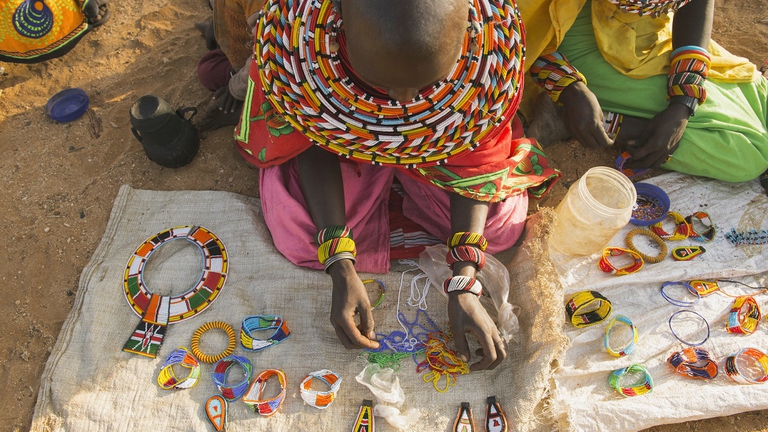
Our species took its first steps in a world covered in trees. Today, forests offer us sustenance, shelter, and clean the air that we breathe.
Secondo un recente studio l’uccisione di pachidermi sarebbe calata notevolmente dal 2012 ad oggi.
When it comes to elephants, smiling is ever more difficult. The death toll is constantly updated and individuals separating the species from extinction are fewer and fewer. However, there’s good news. According to an investigation carried out by the humanitarian and conservationist association Northern Rangelands Trust, elephant poaching in Northern Kenya decreased by 35% since 2012.
The study assessed an area of over 6 million acres, home to 27 communities. Environmentalists highlighted the crucial role local communities play in fighting poaching, and results in northern Kenya demonstrate that this is the right way to go.
African elephants’ survival is at risk, being threatened by poachers that kill animals for their tusks. The current population counts 430,000 individuals, compared to 1.2 million in 1980. Measures taken to stop this slaughter are many, such as increased penalties, increased patrols and armed forces, more protected parks, but results fall short of expectations.
“Elephant conservation can’t just be about guys with guns enforcing laws,” says Matt Brown, director of conservation for The Nature Conservancy in Africa. “The community has to be involved. Community members have to benefit from wildlife”.
Cohabitation between people and animals is often arduous: elephants can devastate crops and, at the same time, they are a possible source of wealth. “We have to demonstrate to people that elephants are worth protecting because these animals are worth more alive than dead,” said Brown.
The Northern Rangelands Trust represents a winning model in creating incentives for local communities. The association has successfully carried out collaborations with 27 communities that now deal with conservation. Each community is governed by a council of elders that makes decisions about land management and investments in communities including clinics, schools and ecotourism facilities.
The memebers of the association worked side by side with locals in order to improve livestock grazing management and productivity, develop new sources of income, such as some forms of craftsmanshift, guaranteeing the access to markets. Indeed, shepherds’ incomes have increased and the report shows a close link between the improvement of locals’ living conditions and the reduction in elephant poaching.
However, according to Brown, communities’ commitment can’t be the only solution. “Enforcement of laws is not the only answer, but it is still important. Addressing the ivory trade and ivory buyers is important. But the decrease in elephant poaching shows that we also need communities to adequately address the poaching issue”.
Siamo anche su WhatsApp. Segui il canale ufficiale LifeGate per restare aggiornata, aggiornato sulle ultime notizie e sulle nostre attività.
![]()
Quest'opera è distribuita con Licenza Creative Commons Attribuzione - Non commerciale - Non opere derivate 4.0 Internazionale.
Our species took its first steps in a world covered in trees. Today, forests offer us sustenance, shelter, and clean the air that we breathe.
Poachers in Africa are encroaching on wildlife land and killing rhinos in travel hot spots now devoid of visitors due to the coronavirus pandemic.
Actor and environmental activist Leonardo DiCaprio has contributed two million dollars to a fund to protect Virunga National Park in Congo from threats such as terrorism, the coronavirus and poaching.
For the first time in seventeen years, Iceland’s two main whaling companies won’t resume whale hunting. The announcement concerns this year’s season but could carry into the future.
The relationship between the coronavirus and wildlife is complex: while the pandemic may lead to a reduction in the illegal trade in wild animals, it may also encourage it in other respects.
The largest coral reef in the world is severely threatened by climate change, but researchers are developing strategies that could contribute to saving the Great Barrier Reef.
NGO Free the Bears has opened a mountain sanctuary for moon bears in Laos. With the government’s help, it aims to close all bile farms by 2022.
Seychelles have extended its marine protected area, which now covers over 400,000 square kilometres, an area larger than Germany.
The tapir was reintroduced into Brazil’s Atlantic Forest, the country’s most at-risk ecosystem. The species can play a key role in the forest’s recovery.










